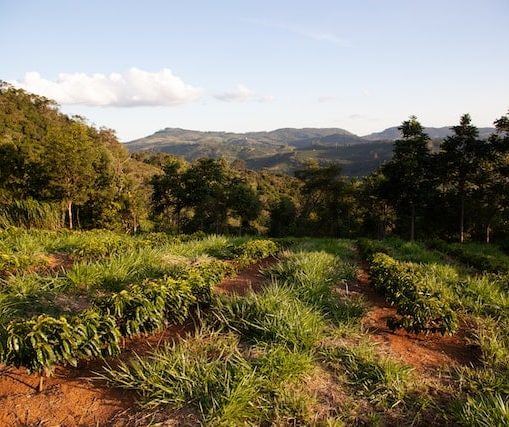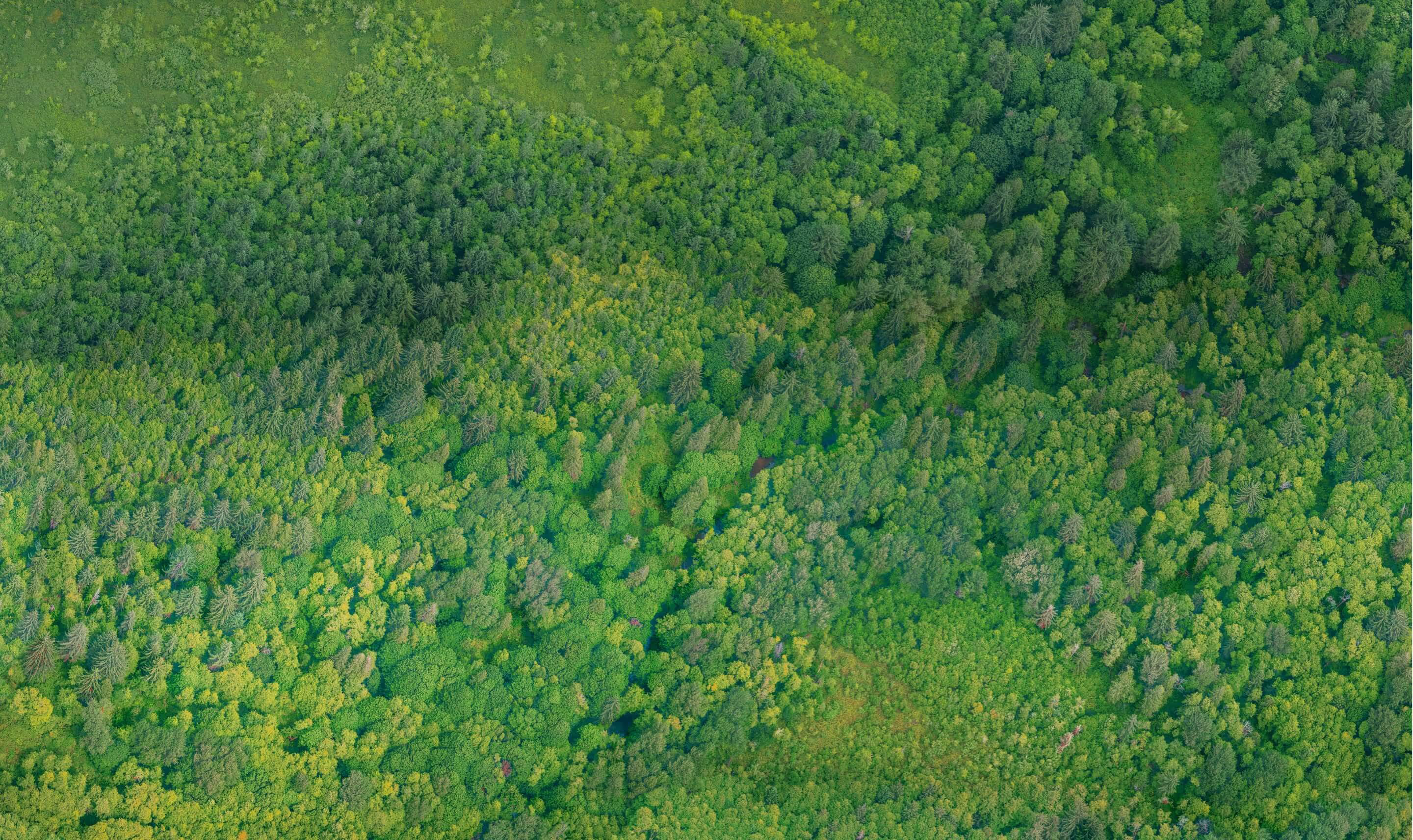Agroforestry in 4 key questions

In our quest to build a sustainable future, solutions are emerging to meet the environmental and agricultural challenges we face. Agroforestry is creating a sustainable and promising future for our planet.

What is agroforestry?
Agroforestry is an ancestral agricultural method that combines the cultivation of plants, the raising of animals and the preservation of trees within the same system. Agroforestry is much more than a simple agricultural method. It is a promising approach, combining the cultivation of plants and trees to create sustainable, productive and environmentally friendly agricultural systems.
What are the environmental benefits?
Agroforestry is emerging as a real remedy for the ills that afflict our environment. It deploys a range of environmental benefits, shaping a greener and sustainable future.
Biodiversity conservation
Imagine a world where biodiversity thrives, where ecosystems are vibrant and full of life. Agroforestry is a path to this reality, an open door to the preservation of biodiversity. By introducing trees into crops, agroforestry promotes the diversity of habitats, thus offering refuge to numerous plant and animal species. It contributes to the preservation of biodiversity, which is essential for the balance of ecosystems. Biodiversity is a valuable ally for sustainable agriculture.
Soil regeneration
In the depths of the earth, a silent but powerful regeneration process takes place thanks to the presence of trees. They play a crucial role in soil regeneration. Their roots prevent erosion, improve soil structure and promote the fixation of nutrients. In addition, leaves and organic tree debris decompose, providing organic matter that is essential for improving soil fertility.
This soil regeneration offers an alternative to intensive agricultural practices. It makes it possible to reduce dependence on chemical products and to promote more sustainable methods.
Carbon sequestration
Trees are champions in carbon capture. They absorb carbon dioxide from the atmosphere during photosynthesis. By integrating trees into agricultural systems, agroforestry makes it possible to store more carbon in plant biomass and in the soil. Thus, it contributes to reducing greenhouse gas emissions and mitigating the effects of climate change.
Protection of water resources
In our quest to preserve our planet's precious water resources, agroforestry systems play a crucial role. They act as guardians, protecting our rivers, lakes, and groundwater from the scourges of erosion and destructive runoff. Agroforestry systems act as protective shields, preventing agricultural chemicals from leaking into groundwater, thus maintaining the purity of our blue gold. They maintain water quality for aquatic ecosystems and local communities.
What are the socio-economic benefits of agroforestry?
Agroforestry has numerous socio-economic benefits that contribute to improving the quality of life of local communities.
Strengthening food security
Agroforestry diversifies sources of income and food by combining different crops and the production of fruit trees, thus providing enhanced food security for local communities. Communities have access to a variety of food products, reducing their dependence on a single type of crop. Thus, this makes it possible to prevent the risk of food shortages and to ensure a balanced diet for local populations.
Resilience to climate change
Agroforestry plays an essential role in the resilience of farmers to the effects of climate change. Trees in agroforestry systems act as windbreaks, regulating temperature and reducing the risk of drought or flooding. They also offer protection against soil erosion and environmental degradation, strengthening the capacity of communities to deal with climate challenges.
Job creation and the valorization of local resources
Agroforestry allows farmers to take advantage of non-wood forest products such as fruits, nuts, essential oils, wood, etc. These resources offer local economic opportunities, promoting the sustainable development of rural regions. Selling these products can generate additional income for farmers and help them diversify their sources of income. Thus, it favors the retention of rural populations in their regions of origin and contributes to reducing rural exodus.
What are our initiatives in favor of agroforestry?
As an NGO committed to the preservation of the environment, LIFE is convinced of the importance of agroforestry in the transition to agriculture that respects nature and is beneficial for both local communities and the planet.
Thanks to Sapousse, a planting project that makes it possible to act in favor of reforestation while providing local populations with a means of subsistence, we have already replanted more than 250,000 trees, or 100 hectares of forest. But our actions go far beyond the simple planting of trees. We are determined to raise awareness among local populations about the preservation of their environment and to promote agricultural practices that respect soils and biodiversity.





In 2022, we initiated a real transformation movement within the primary school in the village of Tivaouane Wolof, located in the town of Bala, in Senegal. With our bold project focused on agroforestry, we have sown the seeds of a thriving future. A vegetable garden has been set up to allow the development of sustainable agricultural activities and at the same time to offer students a healthy, diversified and balanced diet. We inspired students and school members to become stewards of the land by training them in ecological gardening and environmental management techniques. Our impact was not limited to the walls of the school. We have also planted fruit trees and planted vegetable gardens in the village and in other villages in the region in order to promote agroforestry and sustainable agricultural practices in this region.
With LIFE, agroforestry is becoming much more than just an agricultural method. It is a real ecological and social revolution. We build bridges between human beings and nature, forging lasting and solid relationships.
Together, let's create a greener, more prosperous and more sustainable future for all.



.avif)





.avif)